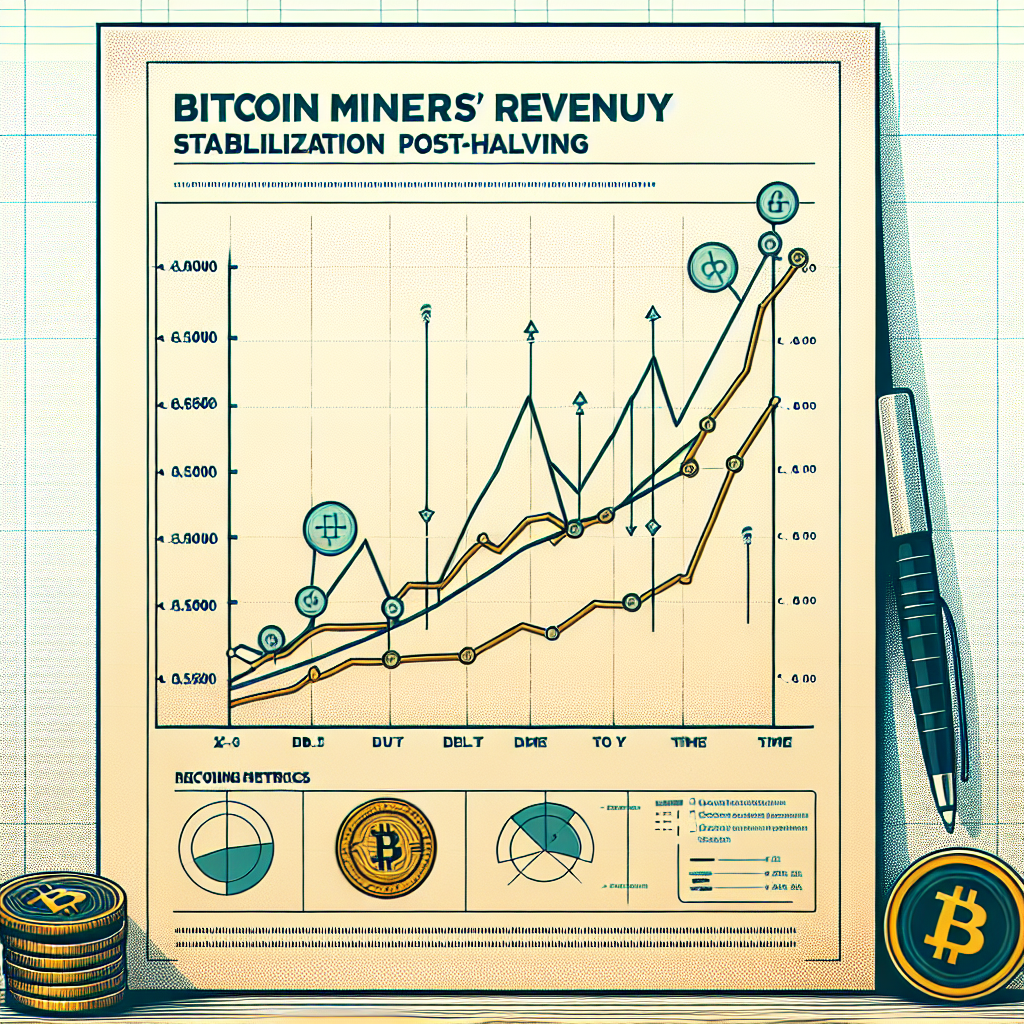
Major Political Developments Shaping Global Affairs on March 30, 2025
On March 30, 2025, several significant political developments unfolded across the globe, reshaping international relations and influencing geopolitical dynamics. Among the most notable events was the conclusion of a high-level diplomatic summit held in Geneva, Switzerland, where world leaders convened to address escalating tensions in Eastern Europe. After extensive negotiations, representatives from NATO member states and Russia reached a preliminary agreement aimed at de-escalating military activities along contested borders. Although details of the accord remain confidential, diplomatic sources indicate that both sides have committed to increased transparency and regular communication channels to prevent misunderstandings and potential conflicts.
Meanwhile, in Asia, diplomatic relations between China and neighboring Southeast Asian nations experienced a notable shift. Following months of strained interactions over territorial disputes in the South China Sea, China announced a new initiative aimed at fostering regional cooperation and stability. The initiative includes proposals for joint maritime patrols, economic collaboration, and environmental protection measures. Analysts suggest that this move signals China’s intention to ease regional tensions and strengthen diplomatic ties with ASEAN countries, potentially reshaping the geopolitical landscape in the Asia-Pacific region.
In the Middle East, political developments took a significant turn as peace negotiations between rival factions in Yemen achieved a breakthrough. Facilitated by the United Nations and supported by regional powers, the warring parties agreed to a temporary ceasefire and committed to further dialogue aimed at achieving lasting peace. This development has been welcomed by the international community, as the conflict in Yemen has resulted in severe humanitarian crises and instability in the region. Observers remain cautiously optimistic, emphasizing the importance of sustained diplomatic engagement and international support to ensure the ceasefire holds and leads to a comprehensive peace agreement.
Elsewhere, political tensions intensified in South America, particularly in Brazil, where widespread protests erupted in major cities. Demonstrators expressed dissatisfaction with recent government policies, economic stagnation, and allegations of corruption involving high-ranking officials. In response, the Brazilian government pledged to initiate reforms aimed at addressing public grievances and restoring confidence in governance. International observers are closely monitoring the situation, recognizing that prolonged instability in Brazil could have broader implications for regional stability and economic cooperation within Latin America.
In Africa, political developments in Ethiopia drew international attention as the government announced significant progress in national reconciliation efforts following years of internal conflict. Ethiopian authorities confirmed the successful integration of former opposition groups into the political process, paving the way for inclusive governance and democratic reforms. The international community praised Ethiopia’s commitment to reconciliation and pledged continued support for the country’s efforts to achieve lasting peace and stability.
Finally, in North America, the United States and Canada jointly announced a new bilateral agreement aimed at enhancing cross-border cooperation on climate change and environmental protection. The agreement outlines ambitious targets for reducing greenhouse gas emissions, promoting renewable energy initiatives, and protecting shared natural resources. This collaborative effort underscores the growing recognition among global powers of the urgent need to address climate change through coordinated international action.
Collectively, these political developments on March 30, 2025, highlight the interconnected nature of global affairs and underscore the importance of diplomacy, cooperation, and dialogue in addressing complex international challenges. As nations continue to navigate shifting geopolitical landscapes, sustained diplomatic engagement remains essential for promoting global stability, peace, and prosperity.
Key Economic Highlights and Market Updates for March 30, 2025

On March 30, 2025, global markets experienced notable fluctuations driven by a series of economic developments and policy announcements. Investors closely monitored these events, as they provided critical insights into the trajectory of the global economy and influenced market sentiment significantly.
In the United States, the Department of Commerce released its quarterly GDP report, indicating a growth rate of 2.8% for the first quarter of 2025. This figure slightly exceeded analysts’ expectations of 2.6%, primarily driven by robust consumer spending and increased business investment. The positive GDP data provided reassurance to investors, alleviating concerns about a potential slowdown in economic activity. Consequently, major U.S. indices responded favorably, with the Dow Jones Industrial Average closing up 0.7%, the S&P 500 gaining 0.9%, and the Nasdaq Composite rising by 1.2%.
Meanwhile, the Federal Reserve signaled a cautious stance regarding future interest rate adjustments. In a speech delivered earlier today, Federal Reserve Chairperson Dr. Emily Carter emphasized the central bank’s commitment to closely monitoring inflationary pressures while maintaining flexibility in monetary policy decisions. Dr. Carter’s remarks were interpreted by market participants as an indication that the Fed may pause further rate hikes in the near term, pending additional economic data. This cautious approach provided additional support to equity markets, as investors welcomed the prospect of stable borrowing costs.
Across the Atlantic, European markets experienced mixed results amid ongoing concerns about inflation and geopolitical tensions. The European Central Bank (ECB) released preliminary inflation data for March, revealing a slight moderation in the Eurozone’s inflation rate to 3.9%, down from 4.1% in February. Although this decline was modest, it offered some relief to policymakers who have been grappling with persistent price pressures. Nevertheless, uncertainty surrounding energy prices and supply chain disruptions continued to weigh on investor sentiment. As a result, the FTSE 100 in London closed marginally lower by 0.2%, while Germany’s DAX index rose by 0.4%, buoyed by strong performance in the automotive and technology sectors.
In Asia, markets exhibited cautious optimism following China’s announcement of new stimulus measures aimed at bolstering economic growth. The Chinese government unveiled a comprehensive package designed to support small and medium-sized enterprises, enhance infrastructure investment, and stimulate domestic consumption. Investors responded positively to these measures, with the Shanghai Composite Index gaining 1.1% and Hong Kong’s Hang Seng Index rising by 1.3%. However, Japan’s Nikkei 225 index closed flat, reflecting investor caution ahead of upcoming corporate earnings reports and uncertainty regarding global economic conditions.
Commodity markets also experienced notable movements today. Oil prices edged higher, with Brent crude futures rising by 1.5% to settle at $82.50 per barrel, driven by expectations of increased demand following China’s stimulus announcement. Conversely, gold prices declined slightly, falling by 0.3% to $1,920 per ounce, as investors shifted toward riskier assets amid improved market sentiment.
Overall, the economic developments and market movements observed on March 30, 2025, underscored the interconnectedness of global economies and the importance of policy decisions in shaping investor confidence. As markets continue to navigate uncertainties, investors will remain attentive to forthcoming economic data and policy announcements, which will undoubtedly influence market dynamics in the weeks ahead.
Notable Technological Innovations and Breakthroughs Reported on March 30, 2025
On March 30, 2025, several remarkable technological innovations and breakthroughs were reported, highlighting significant advancements across various sectors. Among the most notable developments was the announcement of a groundbreaking artificial intelligence system capable of accurately predicting natural disasters with unprecedented precision. Developed by a consortium of international researchers, this AI-driven platform integrates vast datasets from satellite imagery, seismic sensors, and climate models to forecast events such as earthquakes, hurricanes, and floods days in advance. Experts believe this innovation could significantly enhance disaster preparedness and response, potentially saving countless lives and minimizing economic losses worldwide.
In addition to advancements in artificial intelligence, the renewable energy sector also witnessed a major breakthrough. Scientists at a leading European research institute unveiled a new generation of solar cells boasting record-breaking efficiency rates. Utilizing advanced perovskite materials combined with innovative nanostructures, these solar cells achieved an efficiency of over 30 percent, surpassing previous benchmarks. This achievement represents a substantial step forward in renewable energy technology, promising to accelerate the global transition toward sustainable energy sources and reduce reliance on fossil fuels.
Meanwhile, in the field of biotechnology, researchers announced a significant milestone in gene-editing technology. A team of scientists successfully demonstrated a refined CRISPR-based technique capable of precisely editing genes within living organisms without unintended off-target effects. This enhanced precision addresses one of the primary concerns associated with gene-editing technologies, paving the way for safer and more effective treatments for genetic disorders. Medical experts anticipate that this advancement could revolutionize personalized medicine, enabling targeted therapies for conditions previously considered untreatable.
Furthermore, the transportation industry experienced a notable technological advancement with the successful test flight of an electric-powered commercial aircraft. Conducted by a prominent aerospace company, the aircraft completed a two-hour flight powered entirely by advanced battery systems, marking a significant milestone in sustainable aviation. This achievement underscores the industry’s commitment to reducing carbon emissions and highlights the feasibility of electric propulsion systems for short-haul commercial flights. Industry analysts predict that widespread adoption of electric aircraft could substantially reduce the environmental impact of air travel in the coming decades.
In the realm of telecommunications, a major breakthrough was reported with the successful deployment of quantum communication networks in several metropolitan areas. Utilizing quantum encryption techniques, these networks offer unprecedented levels of security, effectively safeguarding sensitive data against cyber threats. The implementation of quantum communication infrastructure represents a critical advancement in cybersecurity, addressing growing concerns over data privacy and protection in an increasingly interconnected world.
Lastly, advancements in robotics technology were also prominently featured, with the introduction of highly sophisticated humanoid robots capable of performing complex tasks in healthcare and elderly care settings. Equipped with advanced sensors, artificial intelligence, and dexterous manipulation capabilities, these robots can assist medical professionals in patient care, rehabilitation, and daily support activities. Experts suggest that the integration of such robotic systems could significantly alleviate workforce shortages in healthcare, improve patient outcomes, and enhance overall quality of care.
Collectively, these technological innovations and breakthroughs reported on March 30, 2025, underscore humanity’s continued pursuit of progress and innovation. Each advancement holds the potential to profoundly impact society, addressing critical challenges and shaping a more sustainable, secure, and prosperous future.
![Ultimate Guide to the [Mind of Pepe ($MIND)] Token Sale: How to Participate and Key Insights](https://autocryptonews.com/wp-content/uploads/2025/04/トークンセール用アイキャッチ画像.jpg)




